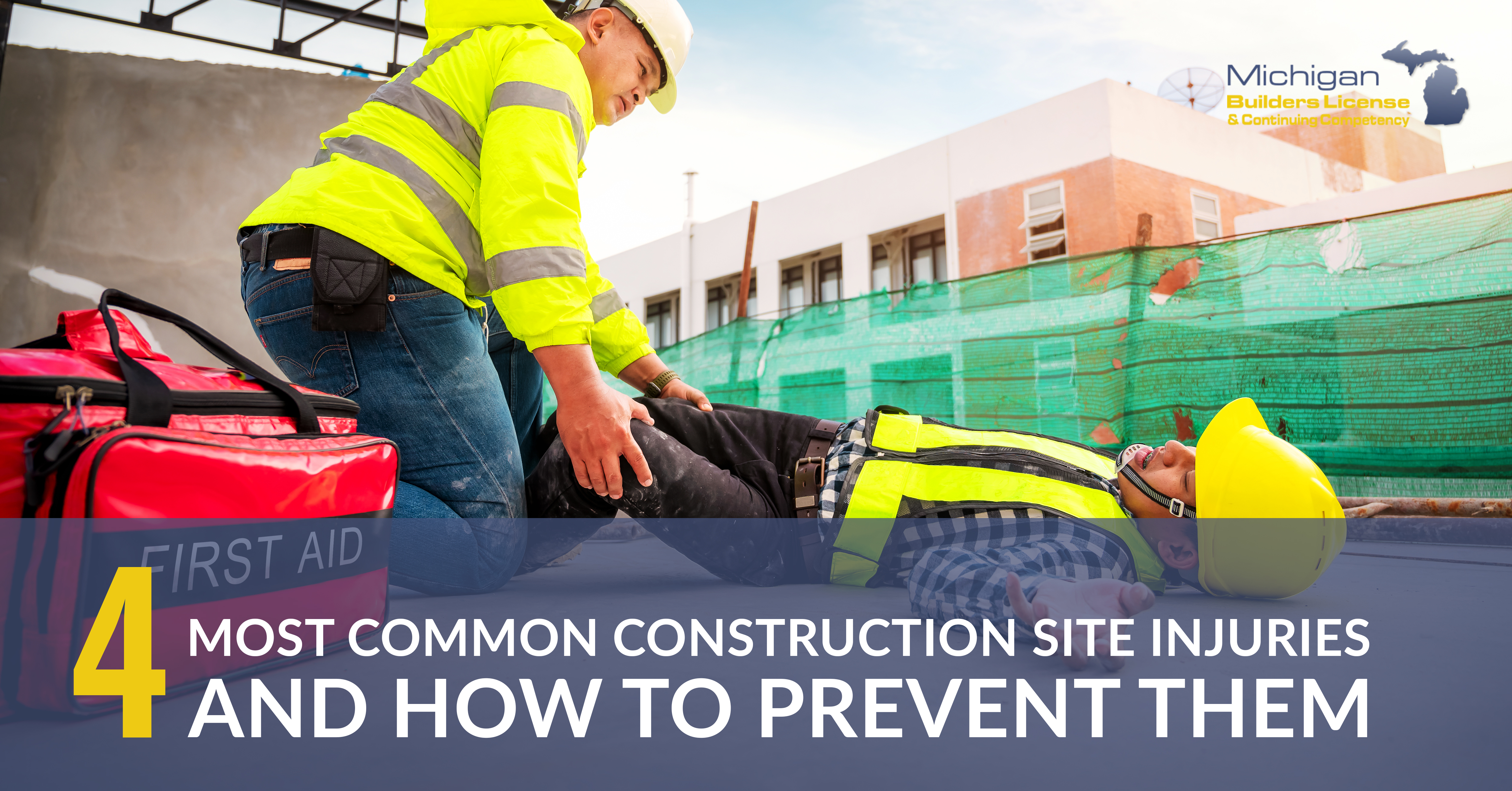Construction sites are well-known as dangerous workplaces, primarily because the injuries sustained at work, and their severity, are much greater than in an office environment. A white-collar worker rarely experiences much more than a mild cut or a slip-and-fall. While on the other hand, construction workers have the potential risk of falling from significant heights, being crushed by heavy machinery, being electrocuted, and more.
The most common injuries that construction workers face on the job include:
- Burns
- Cuts and lacerations
- Broken or crushed bones
- Head injuries
- Stress injuries
These are a result of the four main hazards as defined by OSHA:
- Falls
- Struck by an object
- Electrocution
- Caught in/between
A fifth hazard that can cause injury is weather-related, encompassing heat stroke and frostbite. Exhaustion can also lead to injuries on the job.
However, working in construction does not mean that you are going to get hurt or die. Your employer must provide you with all of the tools you need to be safe, and it is your personal responsibility to adhere to all of the workplace safety protocols that are in place for your protection.
Here are the top tips to prevent the four main hazards:
Falls
- Make sure all work areas are clean, uncluttered, and well-lit.
- Use three points of contact when mounting and dismounting from equipment.
- All employees should wear shoes with adequate traction.
- All employees should follow safety regulations for ladders.
- Use guardrails, personal fall arrest systems, and safety nets everywhere that they are needed.
Struck By an Object
- Clearly mark or block off vulnerable areas.
- Wear appropriate personal protective equipment (PPE).
- Stack materials properly to avoid falling and sliding objects.
- Stay away from lifted or suspended loads.
- Train all employees not to position themselves between fixed and moving objects.
- Secure materials and tools appropriately so they don’t fall.
- Avoid driving in reverse if your view is obstructed.
- Verify that a reverse signal/backup alarm is installed and working correctly on all mobile equipment.
Electrocution
- Follow all OSHA regulations on covering requirements, proper design and use of electrical equipment, and proper insulation.
- Use all required electrical PPE.
- De-energize equipment and use appropriate lockout and tag-out procedures.
- Train all employees to keep a safe distance from energized parts.
Caught In/Between
- Stay focused on your surroundings.
- Don’t ever place yourself between heavy equipment and an immovable object.
- Don’t put your hands or other body parts near moving objects.
- Don’t wear long sleeves, jewelry, or other loose items that can get caught on moving objects.
- Don’t work in unprotected excavation areas or where water is accumulating.
- Don’t get in the swing radius of a rotating object.
Be sure to seek medical attention immediately if you experience a workplace accident, but staying vigilant about workplace safety should minimize your need for a trip to the emergency room. Be an example to your fellow employees to help keep everyone safe.





